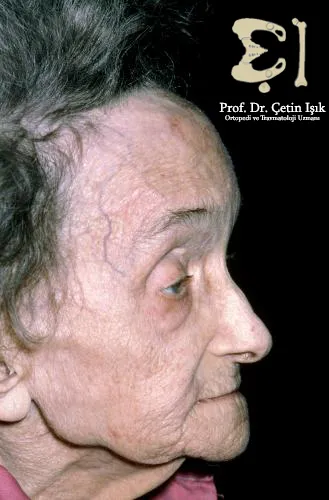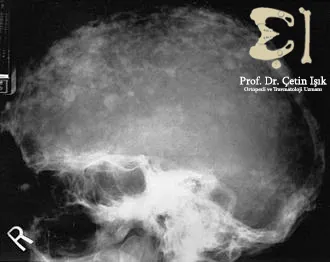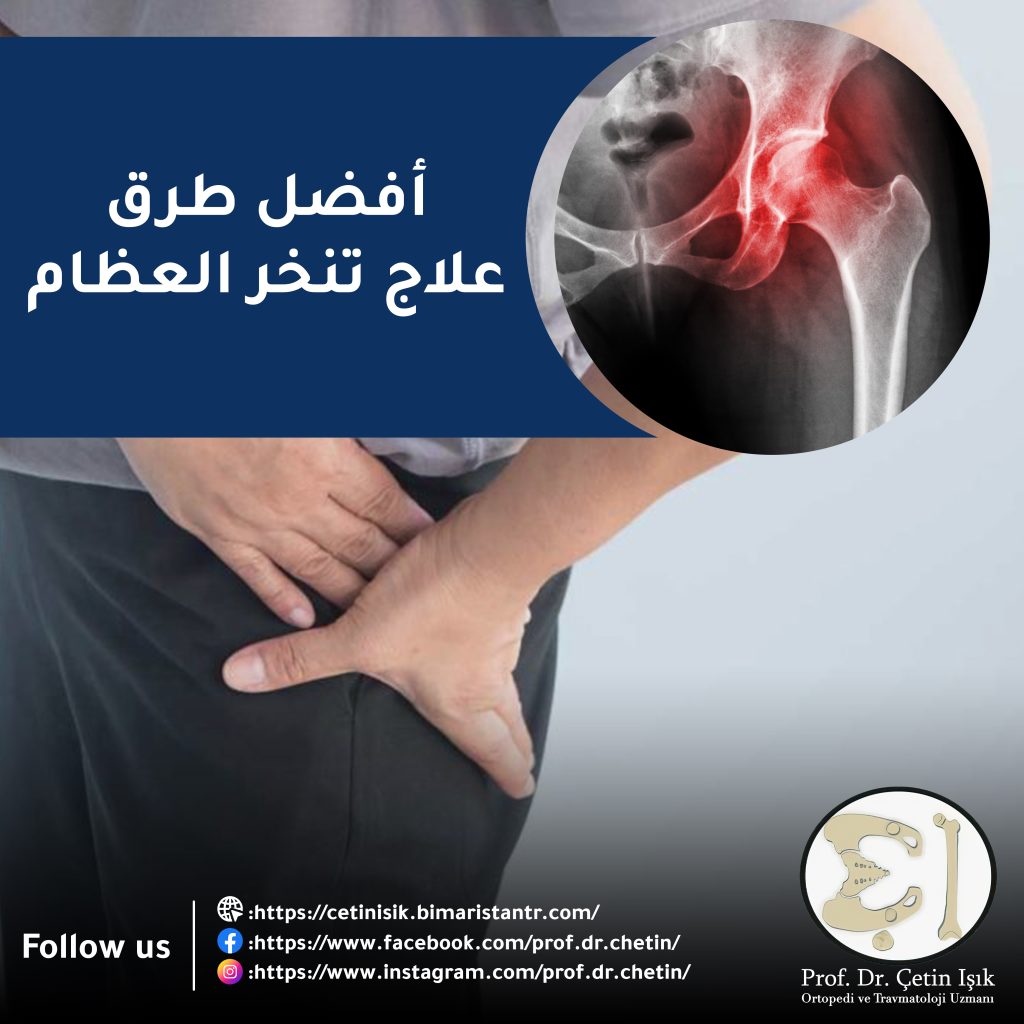Paget's disease of bone, or deforming osteomyelitis, is a chronic disease of the bones in adults that causes gradual onset of bone pain and deformity. Treatment includes symptomatic measures and often medications.
What is Paget's disease of bone?
Bone tissue is a living, active tissue that is constantly being renewed. Normally, old and damaged bone tissue is resorbed and replaced with new healthy bone.
Paget disease of bone is a chronic disease characterized by skeletal abnormalities or bone abnormalities. The abnormal bone results from a process of remodeling and regeneration where:
- More bone cells are being produced than usual and they are more active.
- The rates of demolition and building of bone tissue increase significantly.
- The new bone structure is abnormal, weaker than normal and prone to fractures.
- Weak bones flex or damage nearby joints, causing arthritis.
- The blood flow to the bone tissue also increases, which increases the feeling of heat in the affected areas when touched, especially the bones near the surface, as in the legs.

Paget's disease is prevalent especially in the elderly after the age of 50, as well as in people from northern Europe, and by three men for every two women with Paget's disease of bone.
Causes of Paget's disease of bone
The exact cause of Paget disease of bone is unknown. Researchers speculate that the disorder may be caused by the interaction of certain genetic and environmental factors, and genes which pass down through families, are playing a role, as well as lifestyle such as poor nutrition or bone injury early in life. Age leads to the development of Paget's disease in people who already have a genetic risk.
Another suggestion is that the disorder may arise from childhood measles virus infection, however researchers have not yet discovered a clear relationship between the virus and Paget's disease.
Symptoms and signs of Paget's disease of bone
The symptom associated with Paget disease is bone pain that is deep and sometimes severe, which is worse at night, as many major nerves pass through or on the side of the bone and because the abnormal growth of the bone compresses or damages it, causing pain.
Many people with Paget's disease have no symptoms or may suspect them of another bone disorder such as rheumatoid arthritis.
Other symptoms include:
- swollen joints
- Redness of the skin overlying the affected area
- Bone fractures due to osteoporosis
- Neurological deafness in one or both ears
- Headache and dizziness if it occurs in the head
Paget's disease affects one or several bones of the body. It cannot affect the entire skeleton. It occurs most frequently in the following bones:
- pelvis
- Backbones
- skull
- Thigh bone
- tibia
Signs seen in people with Paget's disease include:
- Anterior enlargement of the skull
- Dilatation of the veins of the scalp and skull
- Curvature of long bones such as the leg or arm, or curvature of the spine

If you suspect the symptoms of Paget's disease of bone, and you have any questions about its diagnosis and treatment, you can Contact us To answer your inquiries.
Complications of Paget's disease of bone
Serious complications are related to the passed time and delayed initiation of treatment for Paget's disease. The most common complications of Paget's disease of bone are:
- Osteoporosis, occurs in 50% patients, and develops in the joints adjacent to the affected bone
- Spinal stenosisAs a result of the pressure of the swollen bones on the nerves in the event of a back and spine injury
- Arthritis
- hearing loss
- vision problems
- Nervous system problems
- Heart failure, in the case of large and numerous lesions
- Paget's sarcoma, rare at less than 1%
Diagnosis of Paget's disease of bone in Turkey
If the bone is enlarged or bent, a doctor can diagnose Paget disease of bone through symptoms and a physical exam.
The doctor also takes the family medical history of the patient if one of his members suffers from Paget’s disease that affects the bones. To confirm the diagnosis, he uses x-rays and x-rays and performs laboratory analyzes to check for blood calcium and AP, which reflects the speed of bone turnover.
On X-rays, we find the following features characteristic of Paget's disease:
- Increased bone stiffness
- Abnormal structure with formation of coarse crustal trabeculae (cortical thickening)
- Bone growth and enlargement

Sometimes a doctor orders an isotope bone scan. A small dose of a radioactive isotope is injected into a vein and within a few hours, the isotope begins to collect in areas of bone Paget's disease.
Once the examination is performed, the patient is referred to Specialized Clinic for evaluation and treatment.
Treatment of Paget's disease of bone
There is no cure for Paget's disease of bone, but treatment can relieve symptoms and reduce the chances of complications.
There are several main approaches used to treat Paget's disease of bone, including:
Medical therapy
Bisphosphonates are the first-line treatment for Paget's disease because they act primarily on osteoclasts and help relieve any bone pain caused by the disease, although it takes a few weeks for symptoms to improve.
Types of bisphosphonates include:
- zoledronate (Reclast)It is most effective, given as a single drop by infusion, and repeated if necessary.
- pamidronate: A series of weekly, sometimes once, injections.
- risedronate: Daily tablets for two months.
- telodronate: Daily tablets for three months.
- etidronate: Daily tablets for three to six months.
The injections are given in the hospital and each one usually takes about 15-30 minutes.
The benefit of bisphosphonates lasts for at least a year and possibly much longer.
People who take bisphosphonates usually need to maintain adequate levels of vitamin D and calcium and exposure to sunlight.
A person with Paget's disease who has previously had kidney stones should discuss calcium and vitamin D intake with their doctor.
pain relief
In the event of pain due to bone deformity, arthritis or neurological complications; NSAIDs and acetaminophen are useful for relieving the mother and soothing her.
surgical intervention
You may need surgery to repair or improve the symptoms of Paget's disease of bone. Some surgeries include:
- Hip replacement Or the knee, if osteoarthritis occurs in the joint after an injury with Paget's disease.
- Spinal correction surgery, if the back bone swells and puts pressure on the nerves.
- The process of repairing a bone fracture, depending on the type of fracture and the extent of its damage.
- In osteotomy, the surgeon removes a wedge of bone to correct poor alignment, often in the later stages of the disease.
Living with Paget disease of bone
With appropriate treatment, it is important to take assistive measures to maintain overall skeletal health, including:
- Maintaining a healthy weight: Obesity puts additional pressure on the joints.
- Exercising: It helps the body by tightening the muscles and increasing flexibility in maintaining joint movement within the normal range.
- Eat the nutritional need of vitamin D and calcium: through supplements and healthy food, for healthy and strong bones and the prevention of osteoporosis.
- The use of crutches or a cane while walking is useful if the legs differ in length due to the curvature caused by Paget's disease of bone and to achieve the desired balance.
- Wear Knee braces Or at the site of injury is also useful in the safety of movement and pain relief.
Sources:




